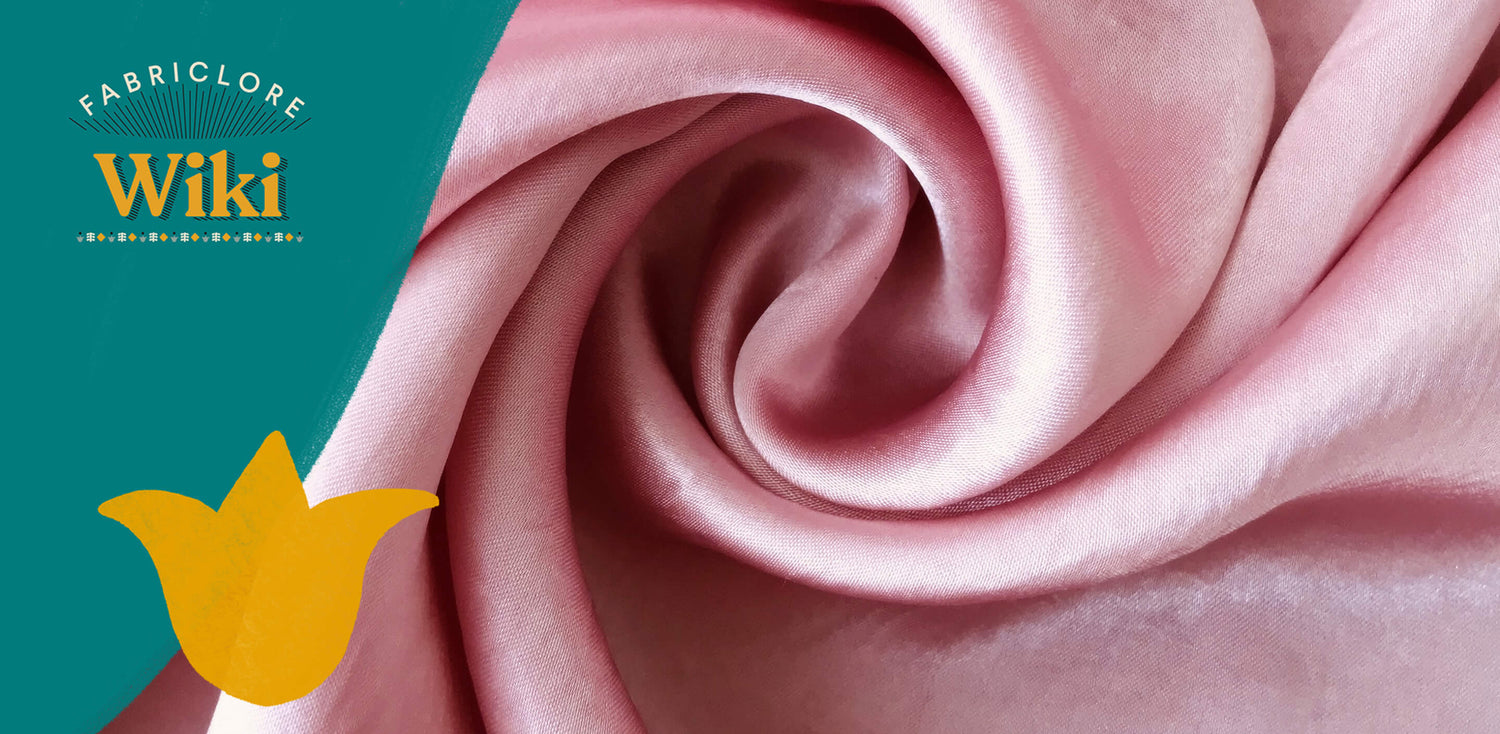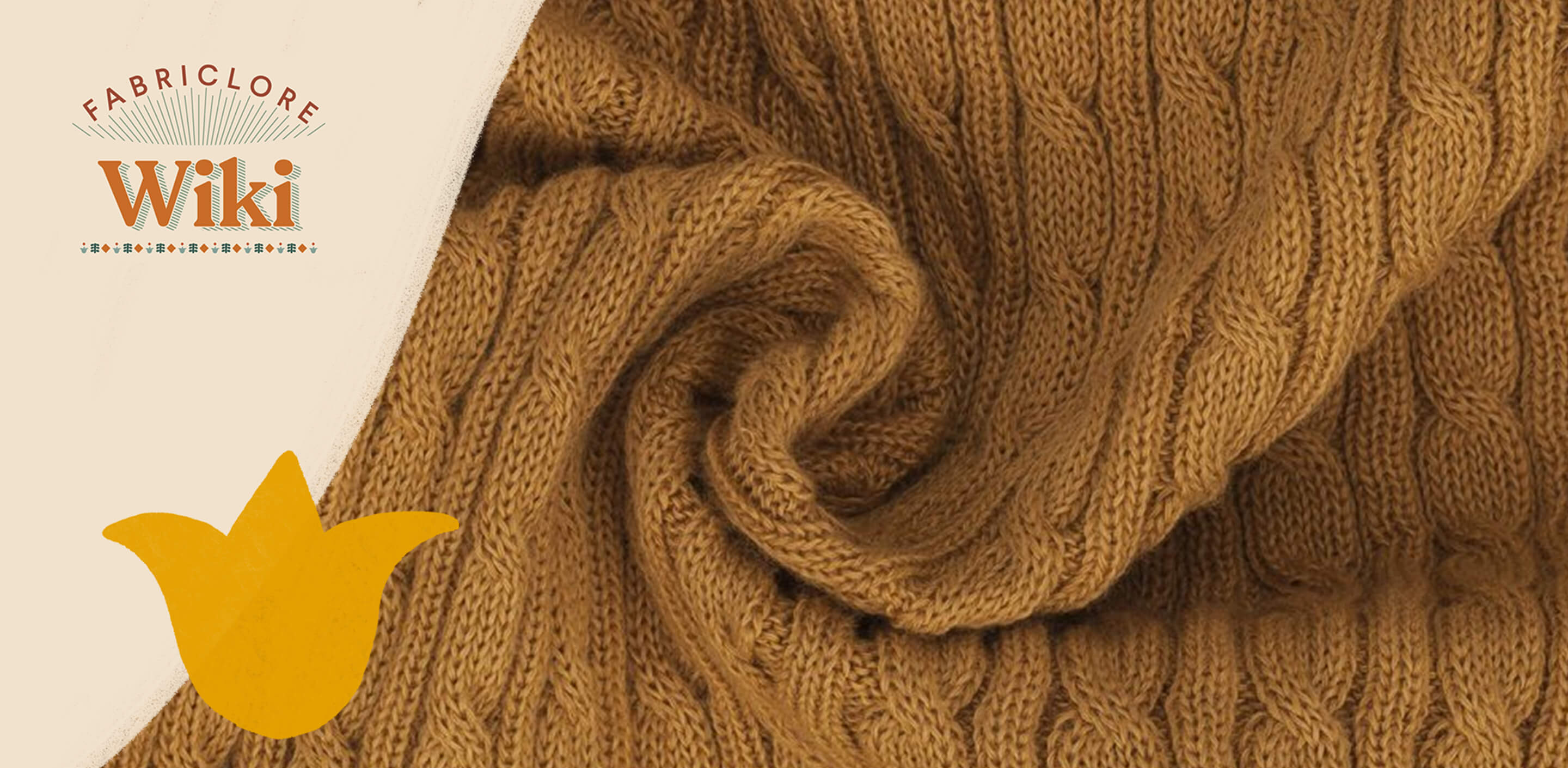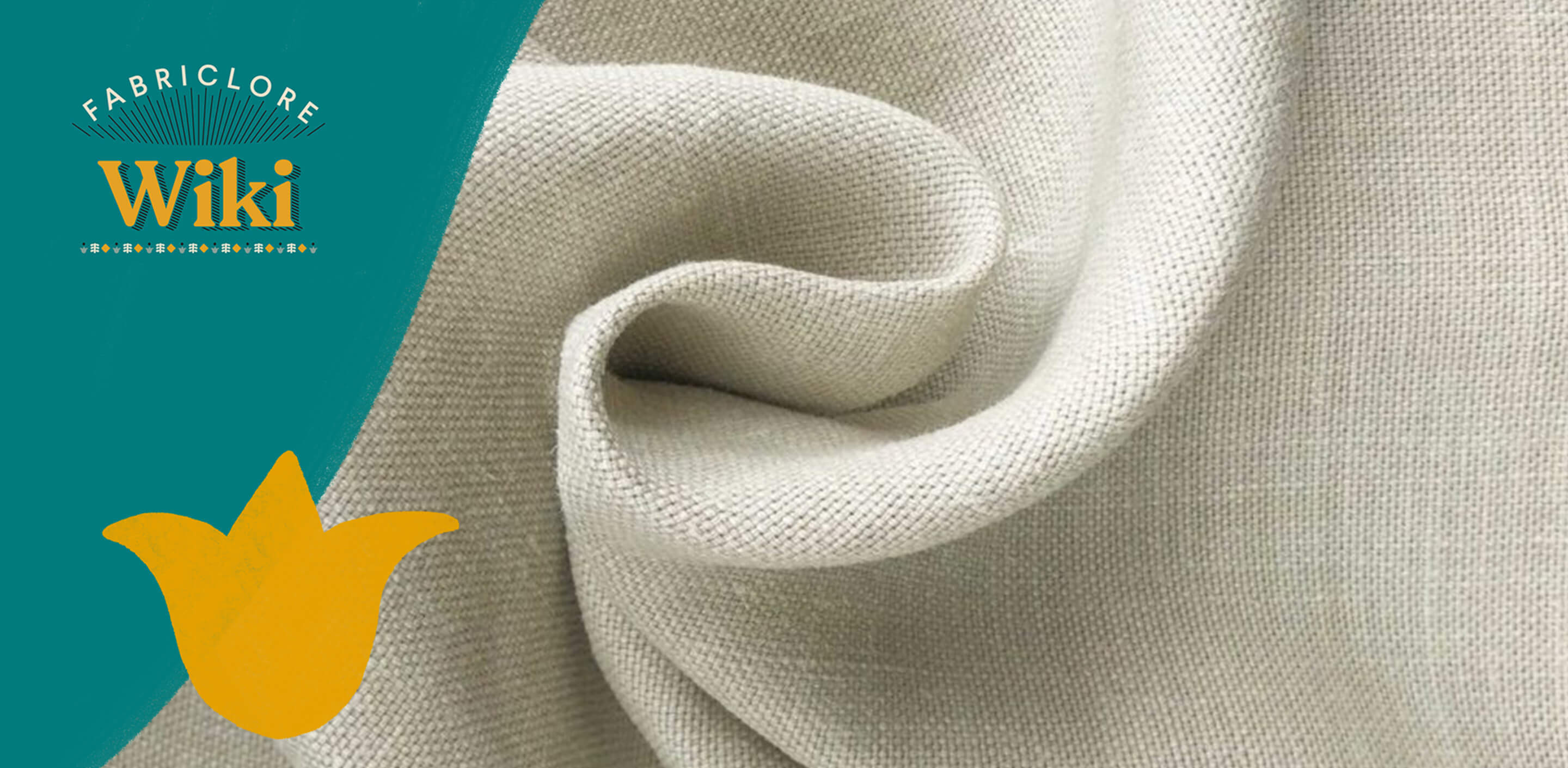What is Acetate Fabric?
- Fabric made of acetate offers a more budget-friendly alternative to luxurious materials like silk and rayon.
- They are made from wood pulp-based cellulose filaments that are spun into threads.
- A chemical fiber or a semi-synthetic material, acetate is occasionally combined with other natural or synthetic fibers, such as silk, wool, or cotton, in order to improve its strength.
- The reaction of the wood pulp to a number of different acetic acids results in the production of acetate flakes.
- First, the flakes are dissolved in a solvent, and then the solution is pushed through a spinneret while the solvent evaporates. This makes the filaments that are used to make the acetate fabric.

History
- Fabric made of acetate is believed to be the second-oldest kind of fiber produced in the United States, behind rayon.
- The first known use of acetate was as a lacquer for the wings of aircraft in France. After that, in 1923, it was first produced as a fabric and manufactured in the United Kingdom.
- The next year, in 1924, it was created for use as a cloth for the first time.
- However, it wasn't until scientists discovered a technique to color the cloth to make it more attractive that it was made on a large scale.
- At first, exposure to certain pollutants and gases caused the fabric to become faded or discolored. However, this issue was eventually resolved in order to extend the lifetime of the acetate fabric.
- However, there are still certain acetate textiles that have a reaction when they are exposed to contaminants.

What Makes it Stand Out
|
Texture |
Acetate fabric is smooth, and silky to touch. |
|
Fall |
It drapes well and has low static. |
|
Shine |
The fabric has a high luster which makes its appearance elegant. |
Applications & Usage
|
Clothing |
Tops, sweaters, coats, suits, etc. |
|
Home Furnishing |
Curtains, carpets, drapes, cushion covers, etc. |
|
Accessories |
Hats, ties, cigarette filters, etc. |
Care Instructions
- Check the care label to see whether the acetate material may be washed; some of them indicate "Dry Clean Only," while others may say "Do Not Dry Clean."
- When it comes to washing it, use cold water for the rinsing process.
- Do not dry the cloth in the dryer since doing so might cause it to melt.
- If it has creases and the care tag recommends ironing it on a cold setting, then you should iron it.
- Acetate may be melted by perfume, some glues that are based on chemicals, and nail polish removers.
- Thus, you should keep these chemicals away from drapes, upholstery, or furniture that is made of acetate or a combination of acetate and another material.

We also happen to be a magnet for suggestions, and would love to catch yours….throw us yours on hello@fabriclore.com





